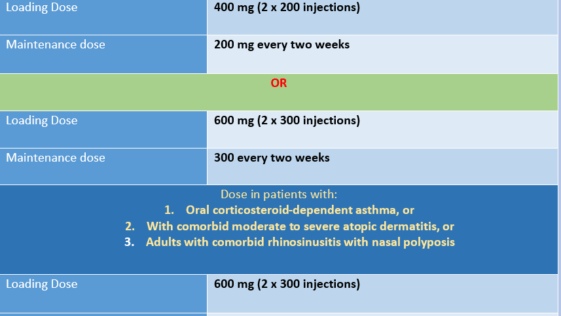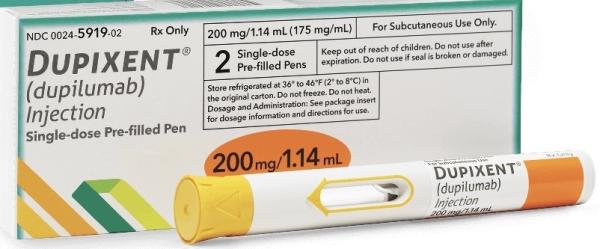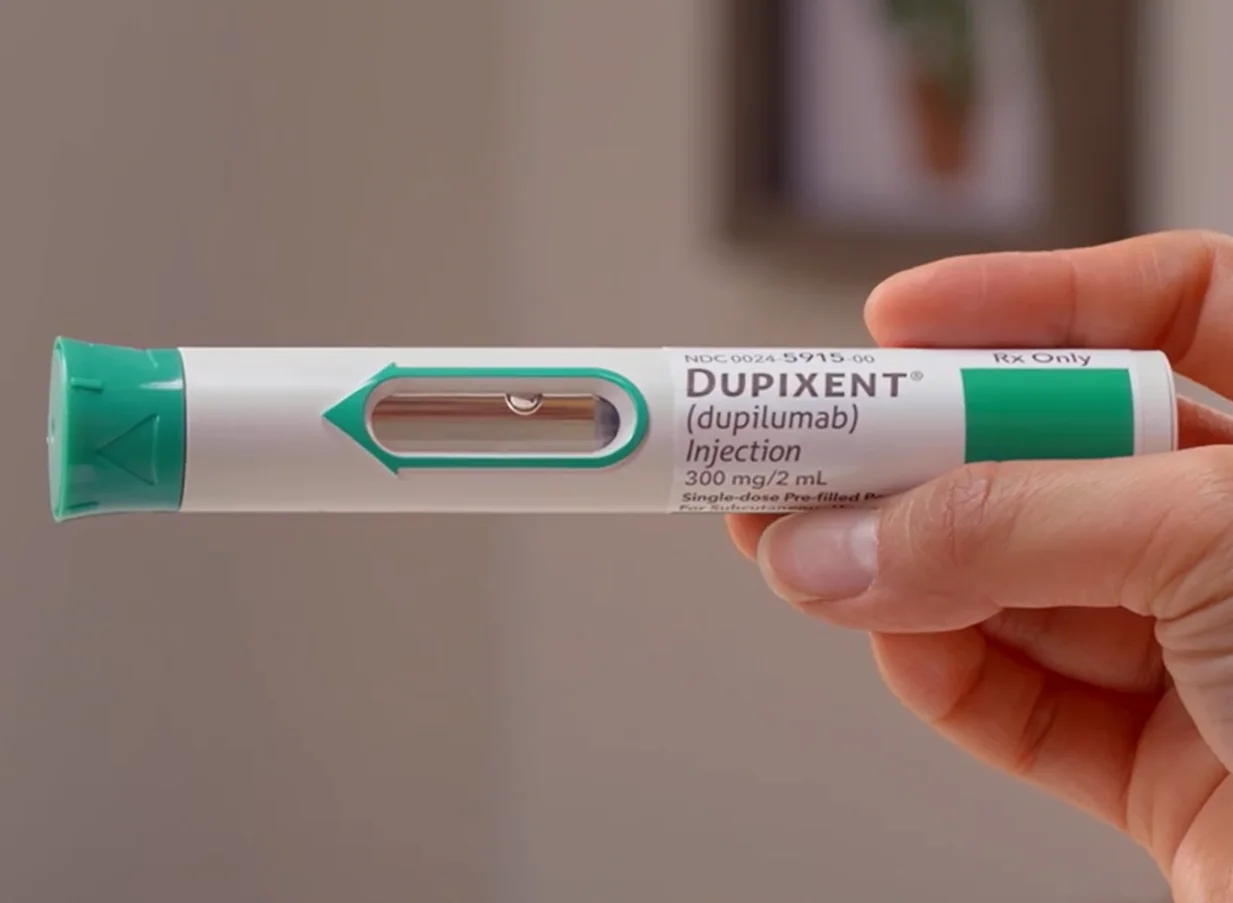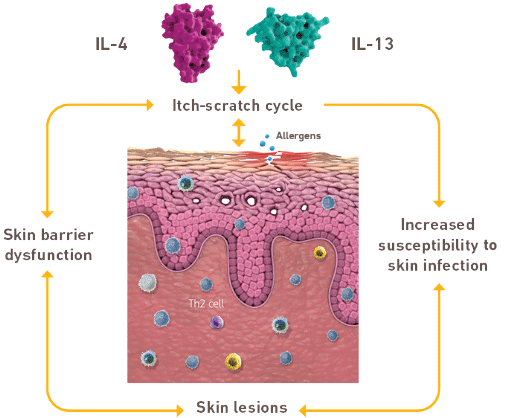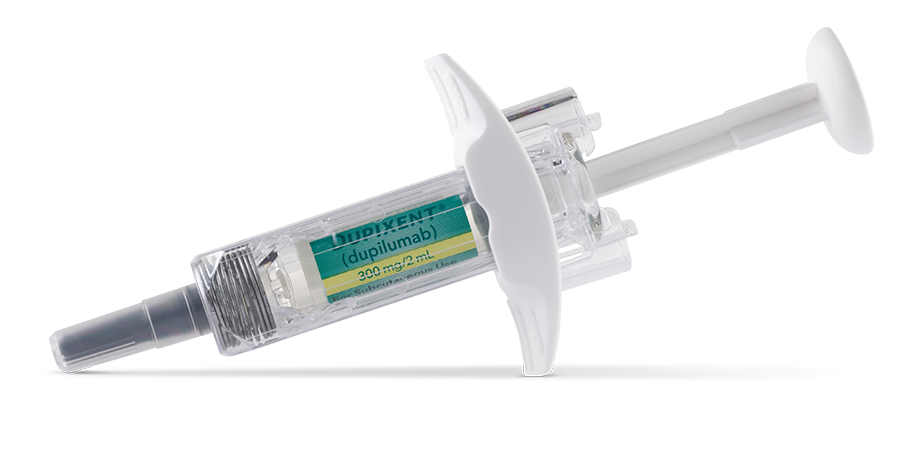How Long Does Dupixent Stay In Your System
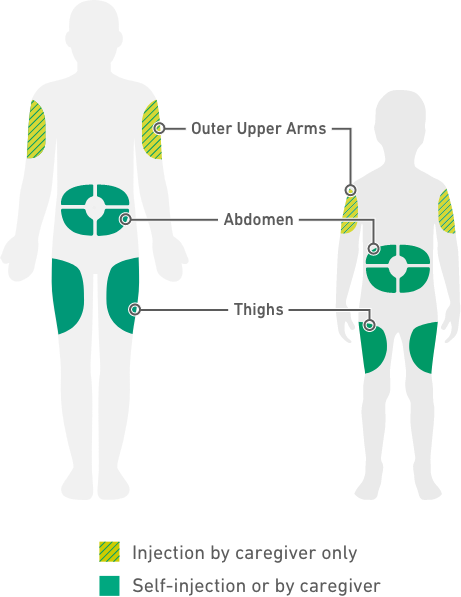
For individuals managing conditions like eczema, asthma, and chronic rhinosinusitis with nasal polyps, Dupixent (dupilumab) has become a significant therapeutic option. Understanding how long this medication remains in the body is crucial for both patients and healthcare providers, especially when considering dosage adjustments, potential side effects, or switching to alternative treatments.
This article explores the pharmacokinetics of Dupixent, examining its half-life, factors influencing its elimination, and the implications for patients undergoing treatment. Understanding these dynamics is essential for optimizing treatment strategies and managing patient expectations.
Understanding Dupixent's Mechanism and Half-Life
Dupixent is a monoclonal antibody that works by blocking the action of interleukin-4 (IL-4) and interleukin-13 (IL-13), two proteins that play a central role in type 2 inflammation. By inhibiting these proteins, Dupixent helps to reduce inflammation and alleviate symptoms associated with the aforementioned conditions.
The half-life of a drug refers to the time it takes for the concentration of the drug in the body to be reduced by half. According to the official prescribing information, Dupixent's terminal half-life is approximately 2 weeks.
This means that after two weeks, about half of the administered dose of Dupixent will have been eliminated from the system. It's important to note that several half-lives are typically required to completely eliminate a drug from the body.
Factors Influencing Dupixent Elimination
While the average half-life of Dupixent is around two weeks, several factors can influence how quickly it is eliminated from the body. These factors can impact drug concentration and potentially affect treatment efficacy and safety.
Individual Metabolism
Individual metabolic rates can vary significantly, influencing how quickly a drug is processed and eliminated. Factors such as age, genetics, and overall health can all play a role.
People with faster metabolisms might eliminate Dupixent more quickly, potentially requiring more frequent dosing or a higher dosage to maintain therapeutic levels.
Kidney and Liver Function
Although Dupixent is not primarily metabolized by the liver or cleared by the kidneys to a significant extent, the overall health of these organs can indirectly affect drug elimination. Compromised liver or kidney function can impact the body's ability to process and eliminate waste products, potentially affecting drug levels.
Body Weight and Composition
Body weight and composition can also influence the distribution and elimination of Dupixent. In general, larger individuals may require higher doses to achieve the same therapeutic effect due to a larger volume of distribution.
Concomitant Medications
The use of other medications concurrently with Dupixent can potentially affect its elimination. While specific drug interactions with Dupixent are not extensively documented, it's crucial for patients to inform their healthcare providers about all medications they are taking.
Implications for Patients
Understanding Dupixent's half-life and the factors influencing its elimination has several important implications for patients undergoing treatment.
First, it helps to explain why Dupixent is typically administered every other week or every four weeks, depending on the condition being treated and the individual patient's response. The dosing schedule is designed to maintain a consistent therapeutic level of the drug in the body.
Second, it's crucial for patients to adhere to their prescribed dosing schedule to ensure optimal treatment outcomes. Missing doses or deviating from the recommended schedule can lead to fluctuations in drug levels and potentially reduce the drug's effectiveness.
Third, when considering stopping Dupixent treatment, patients should be aware that the drug will gradually be eliminated from their system over several weeks. Symptoms may gradually return as the drug's effects wane.
Clinical Significance
The pharmacokinetic profile of Dupixent is a key factor in its clinical effectiveness and safety. Its relatively long half-life allows for convenient dosing schedules, improving patient adherence.
Furthermore, the understanding of individual factors influencing drug elimination allows for personalized treatment approaches, optimizing therapeutic outcomes while minimizing the risk of adverse effects.
Healthcare providers should consider these factors when prescribing and monitoring Dupixent treatment, particularly in patients with underlying health conditions or those taking multiple medications.
Conclusion
Dupixent has a terminal half-life of approximately 2 weeks, meaning it takes about two weeks for half of the drug to be eliminated from the body. Individual factors such as metabolism, kidney and liver function, body weight, and concomitant medications can influence its elimination rate.
Patients should adhere to their prescribed dosing schedule and communicate with their healthcare providers about any concerns or changes in their health status. Understanding these dynamics is crucial for optimizing treatment strategies and managing patient expectations during Dupixent therapy.
